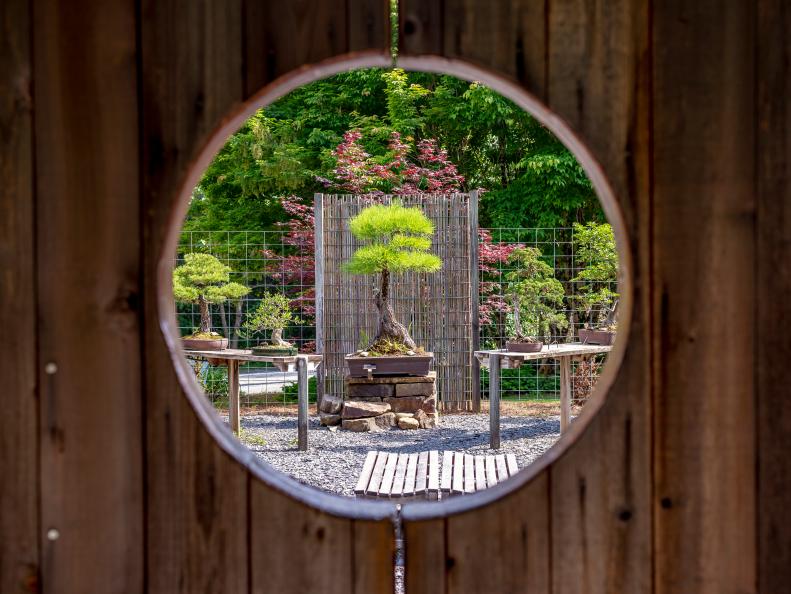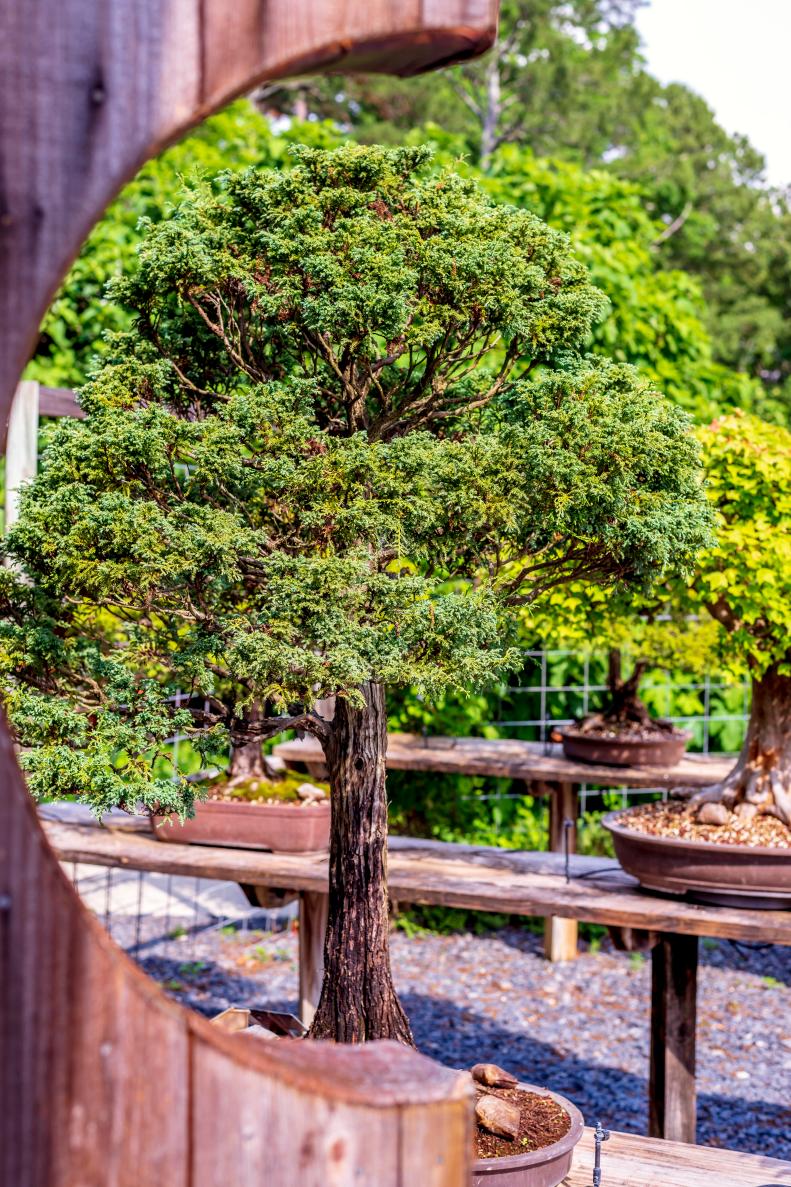1 / 15
Photo: Debbie Wolfe
A Bit of History
Smith-Gilbert Gardens, a 16-acre botanical garden located in Kennesaw, GA, is home to over 3,000 species of plants, uniques sculptures and the largest bonsai collection in the state of Georgia. The original collection was started by Dr. Robert Gilbert, one of the original founders of the botanical garden, and has grown to over 70 species since the garden open its doors to the public in 2009. In addition to Dr. Gilbert's private collection, many of the trees on display were donated by bonsai enthusiasts and vary in age from 20 years old to several hundred, covering a variety of species and style. Fun fact: The word bonsai literally translates to “planted in a container."









